Indological studies, during the colonial era, largely emphasized the differences between the various regions, linguistic groups, religious persuasions, etc. Even after the Independence, the trend seems to continue and the ‘divisive studies’-at the author terms them-far outnumber the ‘integrative studies’ (again, a term coined by the author). The present work is an attempt towards such ‘integrative studies’. Kamarupa, Kalinga and Mithila are three civilisational regions that developed close links with each other from the epic times till the medieval period. These links as reflected in their political history, art and religious traditions had been so strong that the author calls them an alignment rather than merely ‘close links’. The author examines the relevant materials available in the old texts, epigraphs, archaeological remains and art objects, collates them with the Puranic and folk legends and traditions current in the three regions and, finally, combining them with his personal field observations arrives at the significant conclusion that a politico-cultural alignment of the three regions did, indeed, exist for a very long period of time. The author finally underlines the need for further research in the matter and, indicating its scope, suggests the desirability of including Bengal into its ambit to make it a truly comprehensive study of eastern India.
Early Southeast Asia Viewed from India: An Anthology of Articles from the Journal of the Greater India Society
This book contains articles ...
$59.40
$66.00

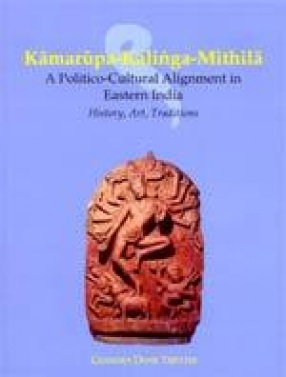
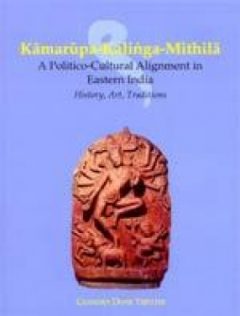
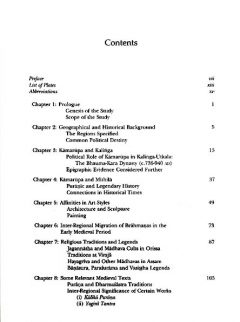
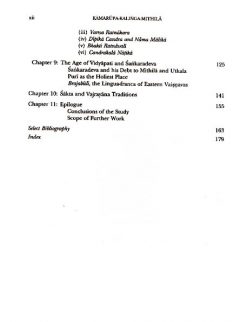
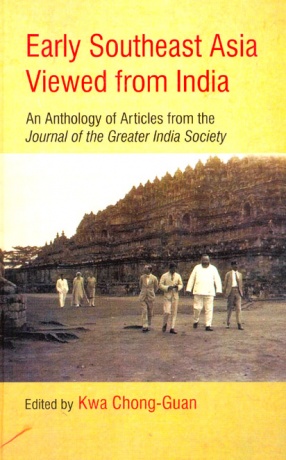
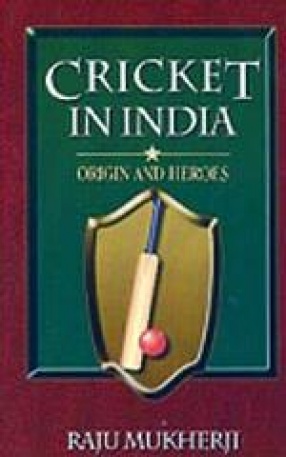
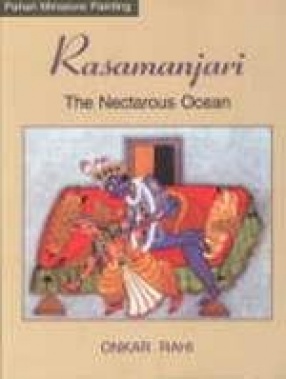
There are no reviews yet.